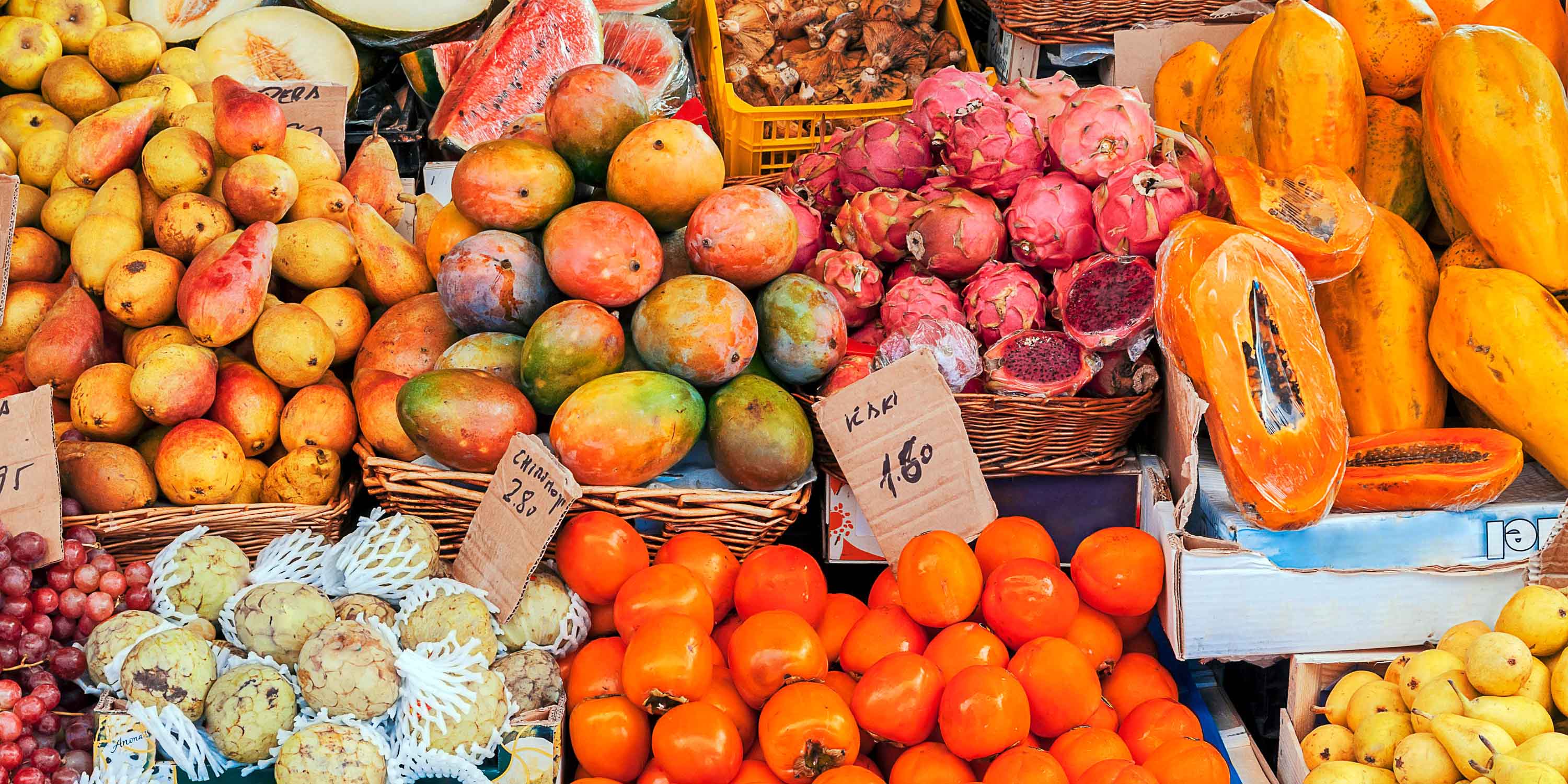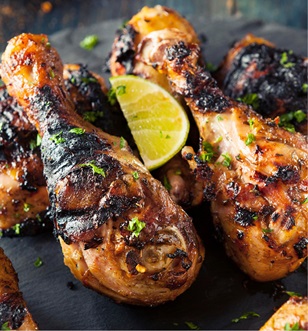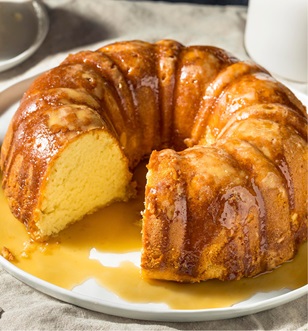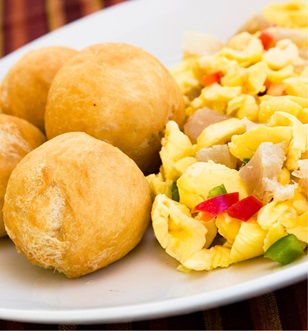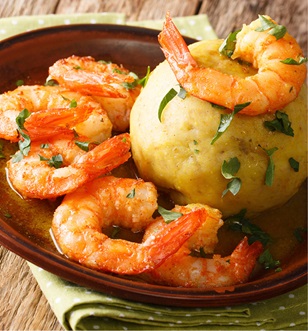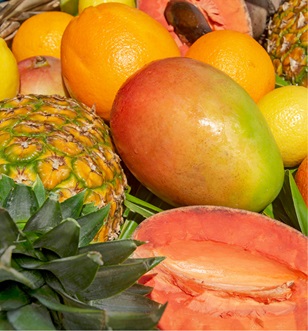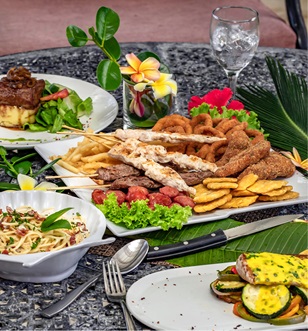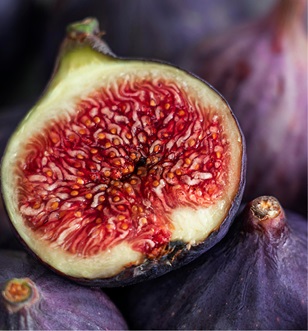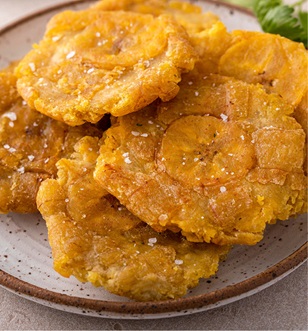Island hop through the Caribbean by luxury yacht
We list our favorites below, but first, let’s take a look at what Caribbean food is.
What is Caribbean food?
Spice is often a shared factor between most traditional Caribbean food, with ginger, thyme, allspice, and paprika being the go-to flavors, though you’ll find plenty of mild dishes and sweet treats to enjoy, too.
Traditional Caribbean food
The best doubles are made fresh – soft bara roti (which translates into ‘deep-fried flatbread’) forms a bed for a sea of curried chickpeas. A generous amount of cucumber chutney and shredded coconut adds an extra layer of flavor, which you can enhance further with a touch of hot sauce. Finally, another bara roti sits on top, making for an incredibly warming and indulgent sandwich like no other.
Mofongo can be enjoyed by itself, but it’s often a side dish to be eaten with fried meat such as chicken, beef, or even a variety of fish. Another popular serving suggestion is to add a large ball of mofongo into a bowl with a broth poured over the top. The mofongo then absorbs the flavors, adding to its already great taste.
Like many examples of traditional Caribbean food, flying fish and cou-cou is often flavored with plenty of spice to give it an extra kick, but mild variants of this dish can also be found in the bars and restaurants across the islands.
A range of foods can be jerked if chicken doesn’t take your fancy. Beef, pork, and fish are popular alternatives, though chicken is recommended for the most authentic recipe.
To do the dish justice, the marinade needs to be packed with flavor. Scotch bonnet chilies (deseeded for less heat if preferred), spring onions, a thumb-sized piece of ginger, garlic cloves, onion, thyme, vegetable oil, soy sauce, lime juice, brown sugar, and ground allspice provide a kick that fans of hot food will adore.
Most jerked foods in the Caribbean are smoke-grilled over a barbecue with wood chips, which adds an extra hint of flavor unique to the islands.
It goes without saying that the best Caribbean rum cake doesn’t hold back on the rum, as each bite should feel rich and decadent. And if there’s one thing the Caribbean prides itself on more than anything else, it’s the quality of their rum products.
With a similar taste and texture to Christmas pudding, Caribbean rum cake is a Christmas-time staple on the islands, though you’re bound to find a few bars and restaurants serving this favorite all year round.
All you need are some raw peanuts, brown sugar, a drop of vanilla extract, and some grated ginger and cinnamon. Add the peanuts and sugar to a pan of water and bring it to a boil. Then add the vanilla, ginger, and cinnamon. Reduce the heat to a simmer after 30 minutes and take out ‘drops’ to cool once the mixture has thickened.
Peanut drops are like a sweeter version of peanut brittle. They’re perfect for taking with you to the beach or to provide a boost of energy while exploring.
What cultures have influenced Caribbean food?
European, Indian, Asian, African, Latin American, and Middle Eastern cuisines have played a huge part in shaping the flavors of the Caribbean. A significant shift occurred during the late 1400s when Christopher Columbus landed on the islands and the Spaniards introduced a range of fruit-bearing trees and plants to the Caribbean such as:
- Oranges
- Plantains
- Figs
- Dates
- Sugar cane
- Ginger
- Coconuts
Colonization as a whole influenced the cooking styles of each individual island. Where the French settled, you’ll find more examples of French cuisine. Where the British ruled, you’ll unearth more British cooking tropes.
And with that, the ruling nations also introduced new flavors from further afield. African slaves brought over to work on the plantation had their own cooking styles, and after slavery was outlawed, Indian and Chinese indentured laborers brought over their own techniques and ingredients.
While traditional Caribbean food takes a lot of inspiration from other nations, the chefs and cooks on the islands have made each adapted element their own. As an example, the chili pepper was introduced to the Caribbean from the Americas and ginger was introduced by Spain, but jerk-style food is very much a Caribbean creation.
Is Caribbean food healthy?
As an example, the deep-fried bread used to make doubles shouldn’t be eaten regularly and indulging in rum cake every day will eventually take its toll – even if it does contain fruit and nuts.
Generally speaking, though, Caribbean food can be a good source for nutrients and minerals. As long as you enjoy the sweeter and more indulgent foods as part of a balanced diet, a Caribbean diet is just as healthy as any other.
Taste the Caribbean with Emerald Cruises
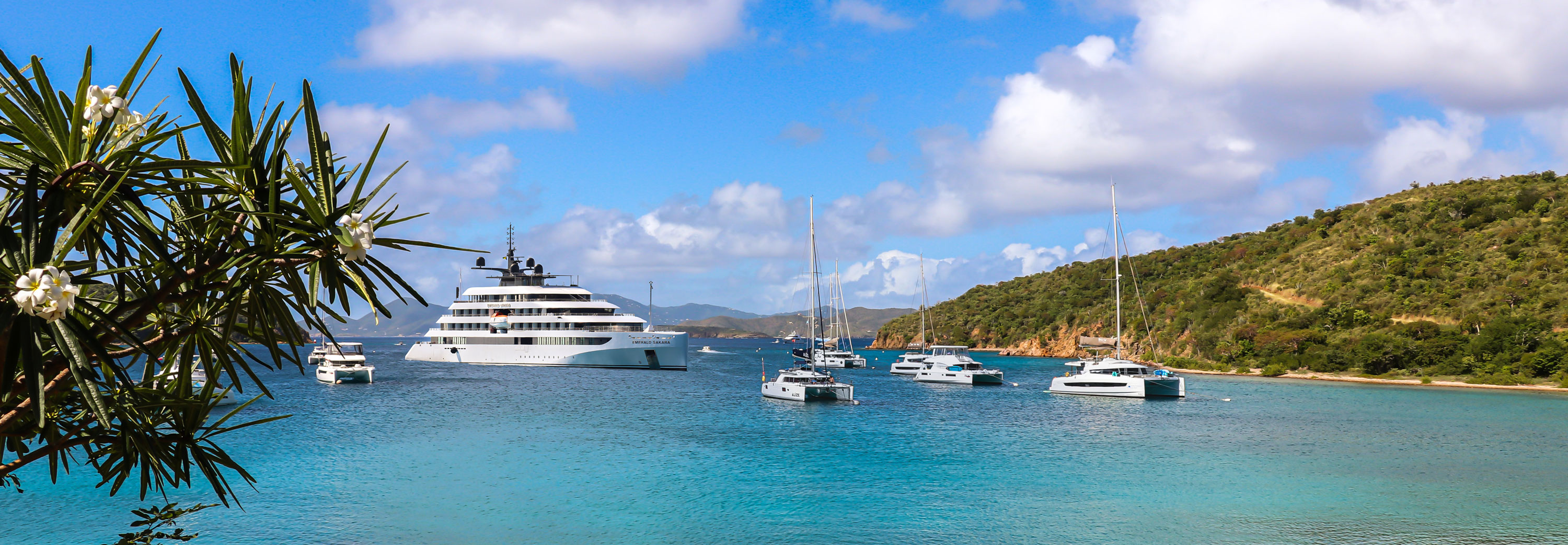

Learn more about our itineraries exploring the best of the Caribbean.
Featured itineraries
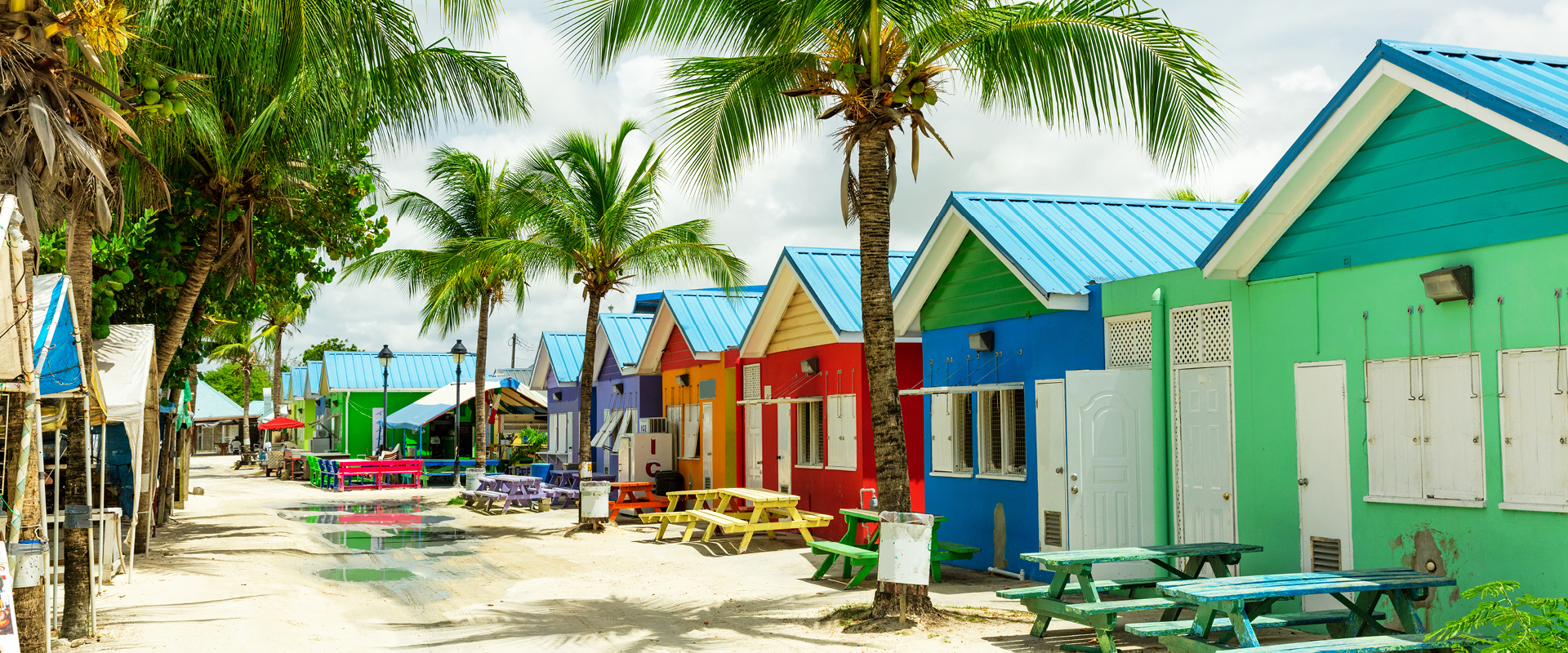
8 Days
SEASON: 2025/2026Grenadines & Windwards yachting


Your guide to luxury river cruising
Stay up to date and be inspired
Yes, please keep me updated with the latest special offers, travel inspiration, product updates, and event invites.
